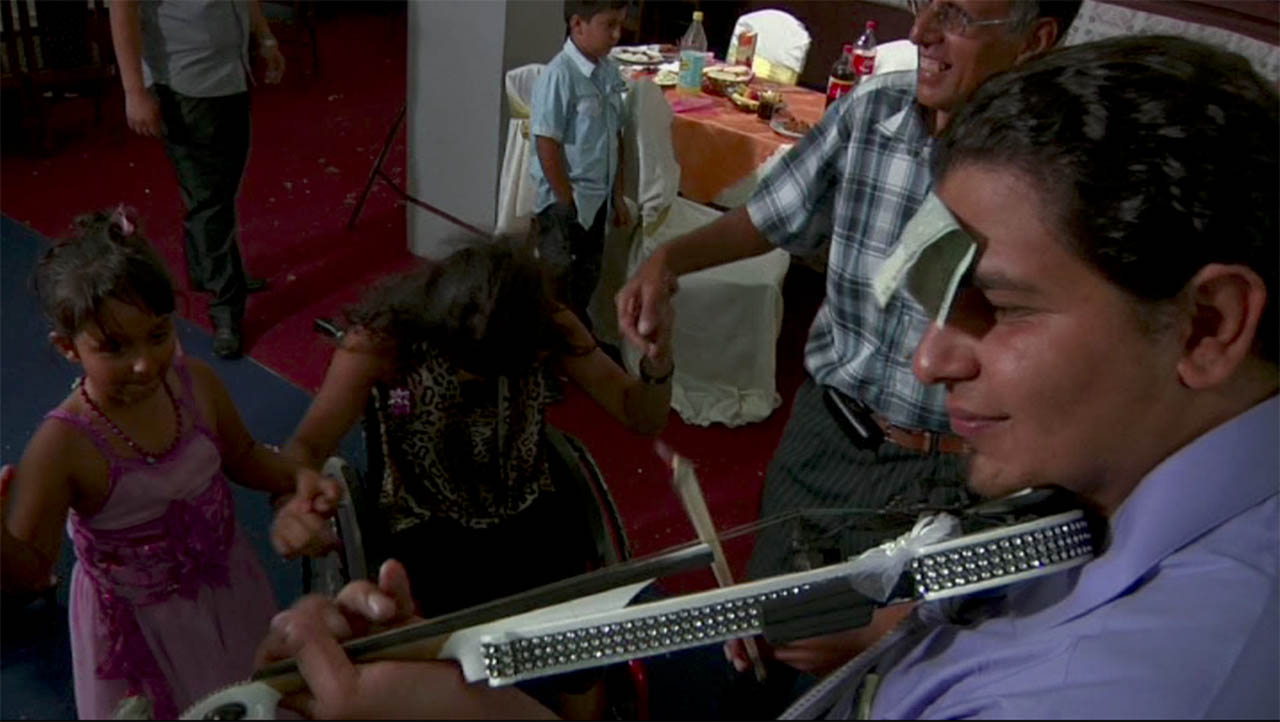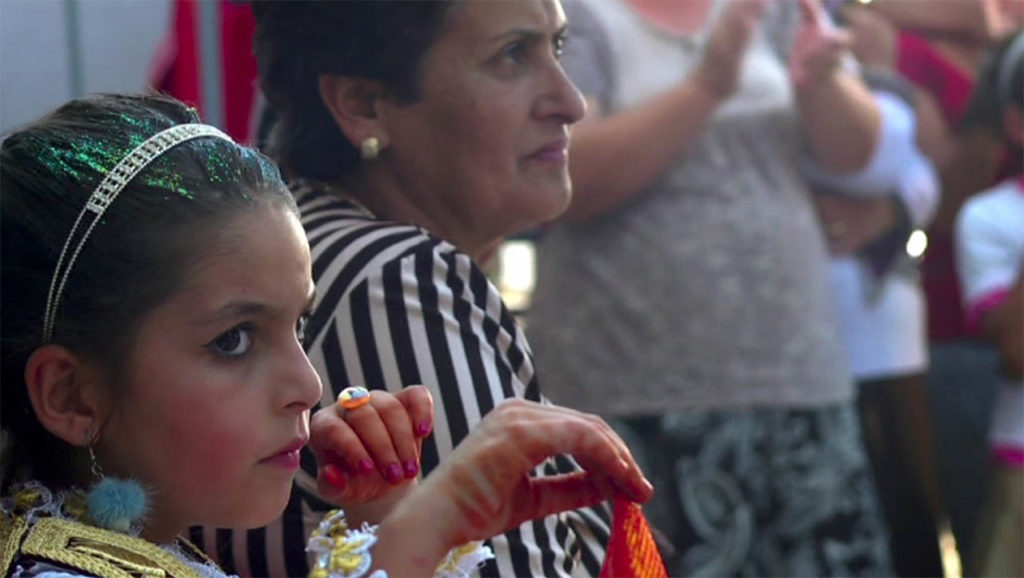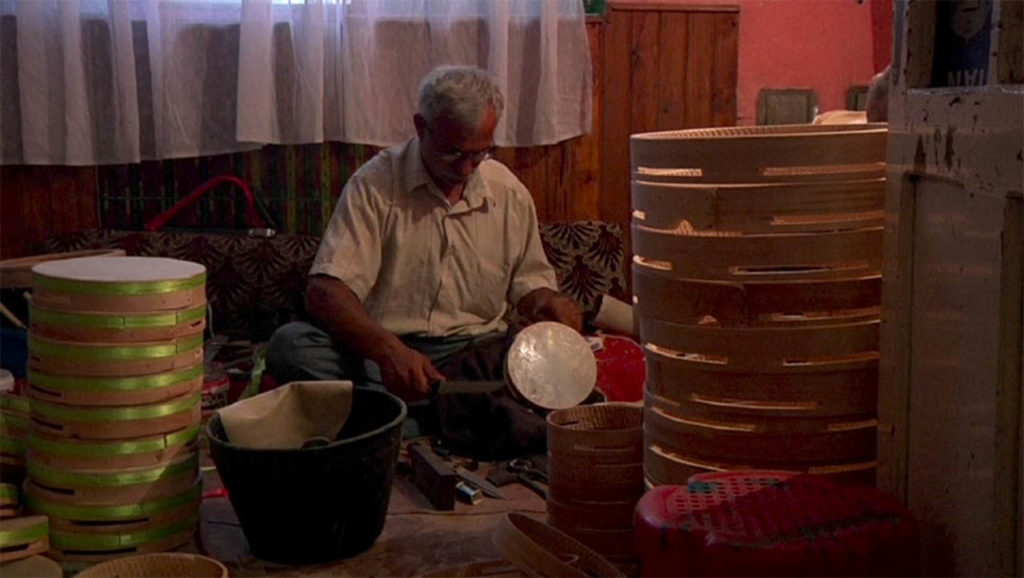KAJDA
a documentary feature by Nico Staiti
Directed by Nico Staiti
Photography Michele Gurrieri and Nico Staiti
Color correction Antoine d’Artemare
colour, 71’, Italy, 2012
HD, 16/9
Kajda is a word of Indian origin that refers to rhythmic formulas.
In Kosovo today it is used by Roma musicians, effeminate women and men. Marginals among the marginalized, a handful of musicians are the interpreters of a unique musical tradition that is central to the cultural life of all the inhabitants of a country.
At the beginning of the 20th century, following the creation of the Kingdom of Serbia and Montenegro, mandatory military service was introduced. Conscripts from Kosovo moved differently from soldiers of other regional origins. Their superiors resigned themselves to the obvious need to institute special classes where Kosovar soldiers were taught to walk to the binary rhythm of drums like other soldiers.
In Kosovo, the sense of rhythm has developed in a unique way: rhythmic structures are based on the juxtaposition of non-proportional durations. This produces musical forms that are among the most complex and sophisticated in the world. These traditions are the product of an interpretation of local music by specialised musicians from the Roma community. Thus, a marginalized minority has become indispensable to the survival of the culture of other ethnic groups: Albanians, Turks, Serbs, Gorans. At the core of this tradition, in Western Kosovo, there are suites of dances sung and played with the tambourine during the parts of the rites exclusively reserved to women.
Players are pairs of professional Roma musicians, females or effeminate males.
The relationship between tambourine, female rituals, transvestitism and homosexuality is attested from the ancient times to the present day in a very wide geographical area, ranging from India to the Mediterranean basin. The cult of Cybele, a black goddess, was officiated by women or transvestite or emasculated men, who played the tambourine. The marginalized among the marginalized are therefore the heirs and interpreters of an ancient tradition, reshaped in a very particular way.
The texts are articulated on melodies that remain unchanged throughout the performance. The rhythmic structure, however, is constantly changing: in a single piece there are sometimes more than twenty different rhythmic formulas, based on values of non-proportional duration, impossible to transcribe in Western notation.
It is a musical conception radically different from ours: there is no melodic and harmonic evolution, while the rhythm is extremely complex compared to most musical traditions in the world.
The rhythmic formulas that form the basis of this repertoire are called kajda by the musicians. This Romani word does not belong to any of the languages spoken in the Balkans. Like the ancestors of Roma musicians, it comes from northern India.
Kajda tells the story of this musical tradition and its protagonists in Kosovo today.
The filming of Kajda began in Kosovo, in the Prizren region, in 2008, and continued until autumn 2011 with funding from the University of Bologna. The film was released on DVD accompanied by a photographic and ethnomusicological book on this musical tradition. Nico Staiti, the director, is professor of ethnomusicology and organology at the University of Bologna. The film is the outcome of an ethnographic research that he began twenty years ago.
Buy the book: https://www.squilibri.it/catalogo/ebook/nico-staiti-kajda.html







